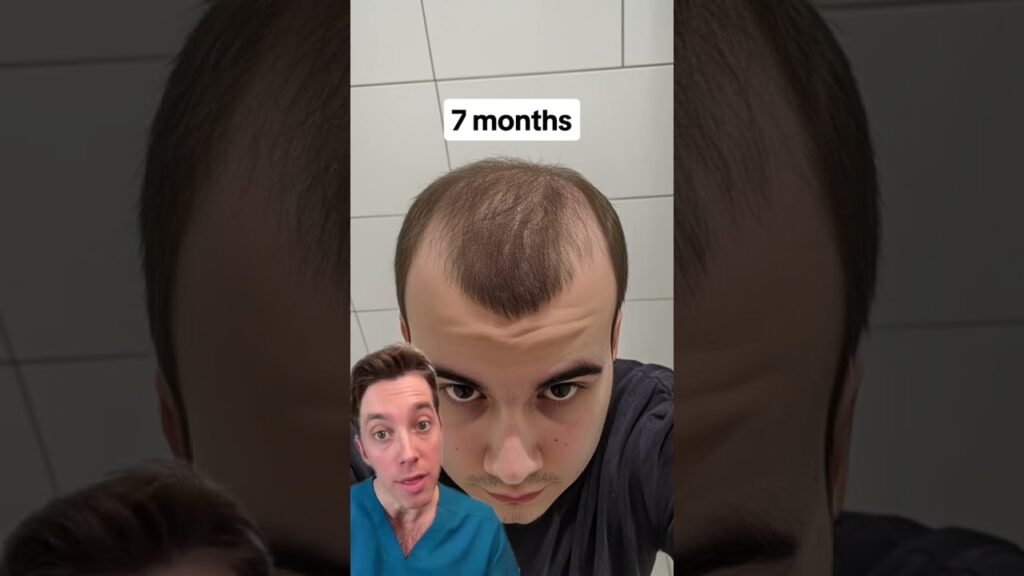Side-by-side review of Minoxidil vs hair transplant
When considering solutions for hair loss, both Minoxidil and hair transplants emerge as popular options, each with distinct advantages and considerations. Minoxidil, a topical treatment, is widely used for stimulating hair growth and slowing balding. Available over-the-counter, it is a non-invasive method that requires consistent application to maintain results. On the other hand, a hair transplant is a surgical procedure that involves moving hair follicles from one part of the body to the balding area, offering a more permanent solution.
Effectiveness
Minoxidil has been shown to be effective in promoting hair regrowth, especially in the early stages of hair loss. Users typically notice results within a few months of consistent use. However, its effectiveness can vary based on individual response and the extent of hair loss. Conversely, hair transplants provide a more definitive solution, especially for those with significant hair loss. The transplanted hair is permanent, and once the initial growth period is over, the results are usually long-lasting.
Cost and Maintenance
In terms of cost, Minoxidil is generally more affordable upfront but requires ongoing purchase for continued results, which can add up over time. Hair transplants involve a higher initial cost due to the surgical nature of the procedure, but they do not require the ongoing purchase of products once the transplant has been successfully completed. Maintenance for Minoxidil involves daily application, while hair transplants require post-operative care and a healing period, but less ongoing maintenance after recovery.
Ultimately, the choice between Minoxidil and hair transplants depends on various factors including the stage of hair loss, budget, and desired outcome. Both methods have their merits, and consulting with a healthcare professional can help determine the most suitable option based on individual needs.


